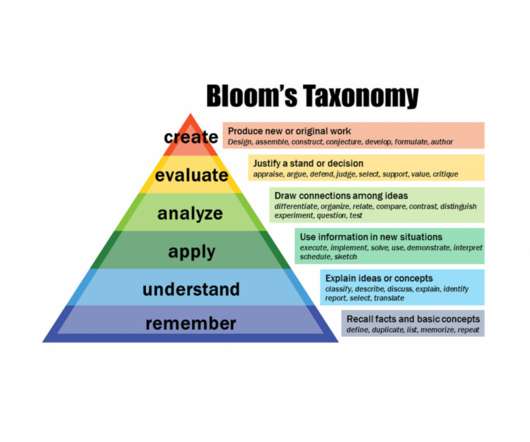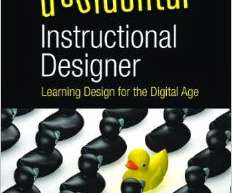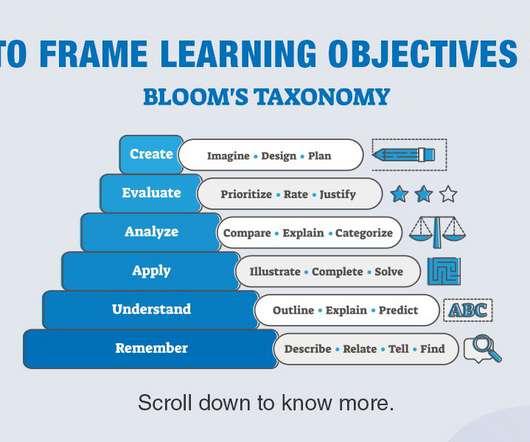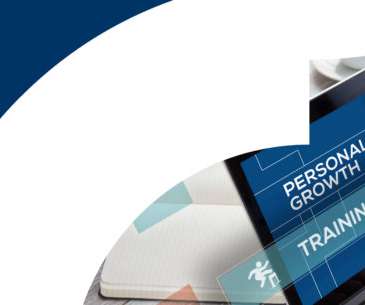Content, Skill and Scale: ID Best Practices?
Infopro Learning
JULY 27, 2023
Amidst this dynamic landscape, an unwavering and essential design principle remains – Instructional Design (ID), now often referred to as Learning Experience Designer. Bureau of Labor Statistics anticipates a 7% increase in Instructional Design employment from the present until 2031.
















































Let's personalize your content